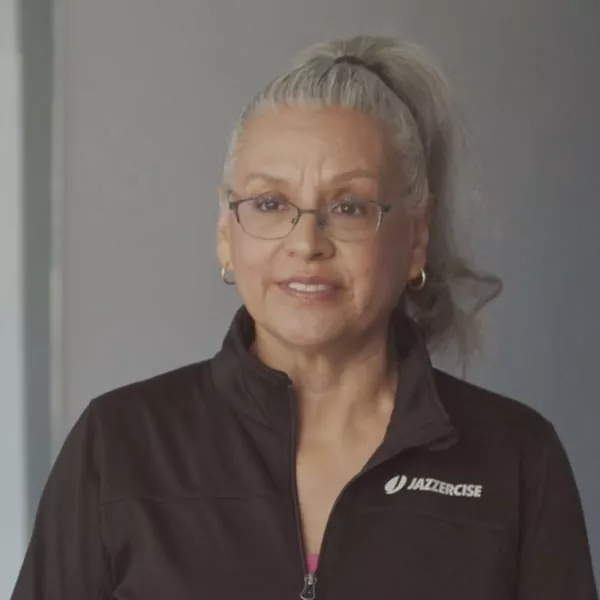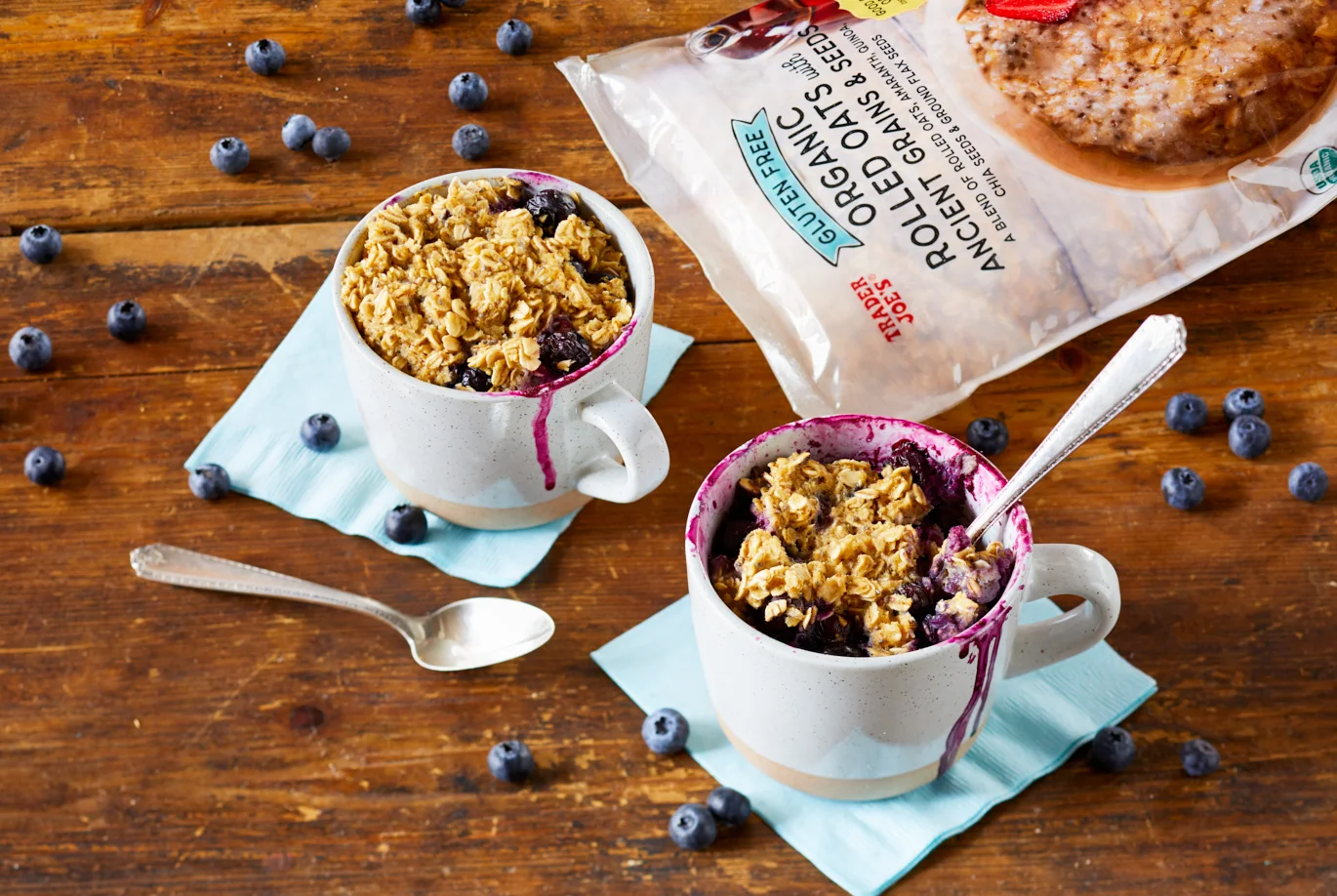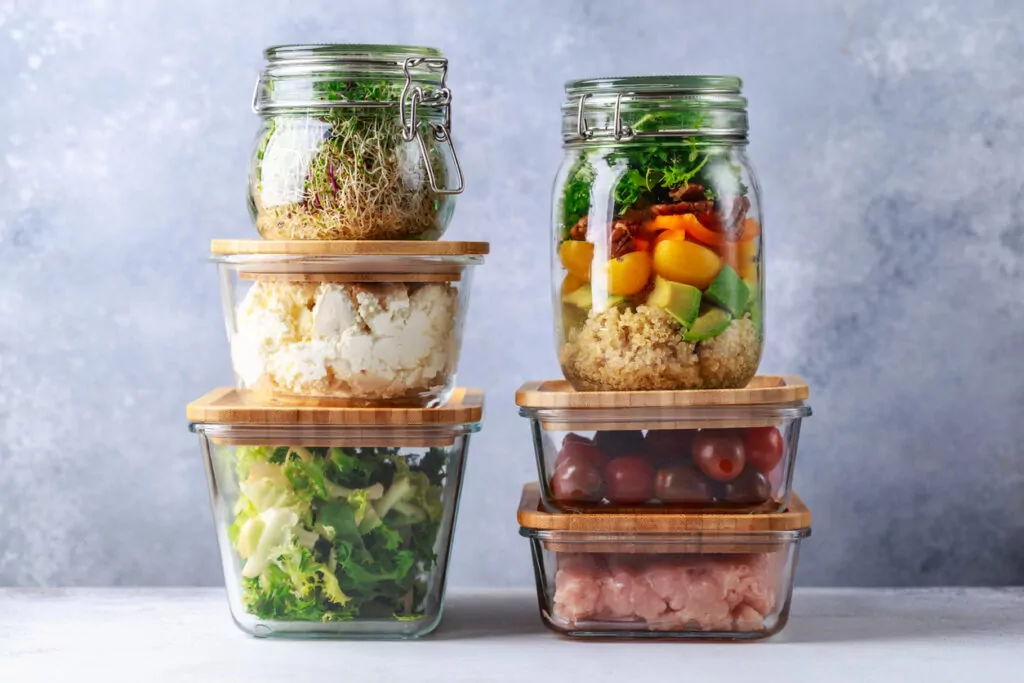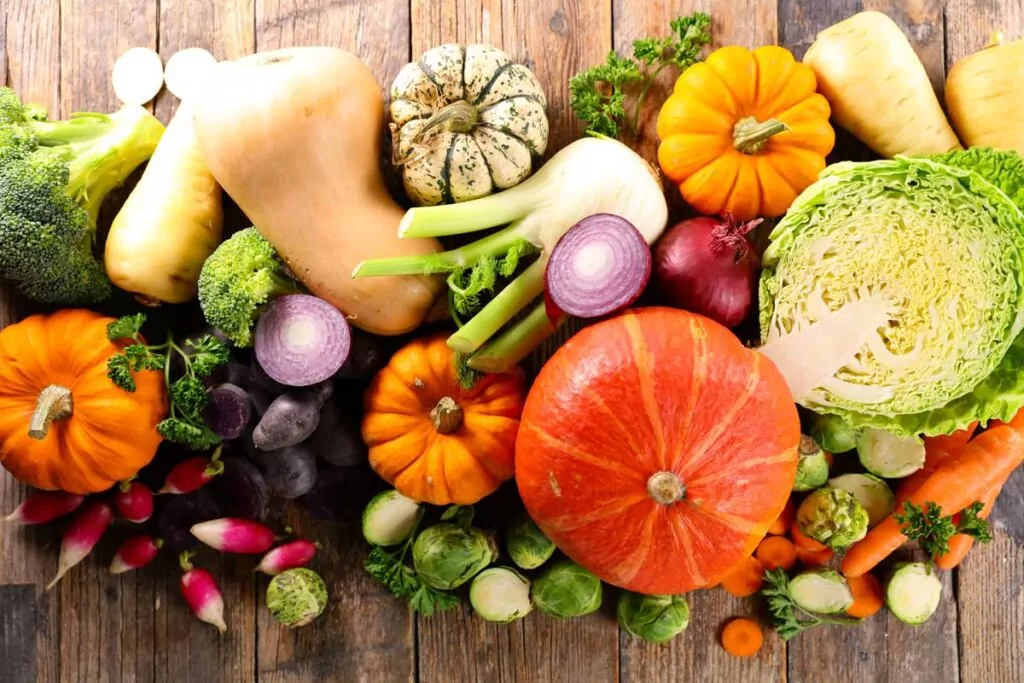If you have been with us for any length of time you have probably heard your dietitian speak passionately about the virtues of ancient grains. But there is still a lot of confusion surrounding these complex (pun intended) carbs, so this week’s food for thought hopes to clear the air on some of those lingering questions.
What is an ancient grain anyway?
Ancient grains are exactly what they sound like: grains that have remained largely unchanged for the last several hundred years. Grains such as modern wheat (like what is used to make bread) or white rice have been refined throughout human history for a variety of reasons (mainly a desire for faster cooking times or taste preference). Ancient grains, however, have remained largely unprocessed over time and thus retain all of their nutrients and fiber which would otherwise be lost in the refinement process. All of the parts of the grain (the outer bran, middle endosperm, and germ core) remain intact and thus provide more protein, fiber, vitamins and minerals then their more refined counterparts. The higher-fiber content is especially important. Fiber helps to lower cholesterol, keep us regular, and also slows the absorption of sugar/carbs into our bloodstream helping to avoid sudden blood sugar spikes and keeping us feeling full for longer. There are a lot of ancient grains out there nowadays but some of our favorites are barley, freekeh, bulgur (cracked farro), wheat berries, and farro (which is actually 3 different grains: einkorn, emmer, and spelt).
Whole vs Semi-pearled vs Pearled
Most of the confusion surrounding ancient grains comes when picking them out at the store. A pearled grain is the most common type sold in the U.S. It refers to a grain which has had it’s nutritious outer bran layer removed and so has lost some of its nutrients and fiber but will cook up faster. Whole (you might see “hulled” if it’s barley) refers to the grain in it’s least processed state. This means none of the outer layers of the grain have been removed so all of the nutrients (and fiber!) have been retained. These are ideal but do require a longer cooking time (usually about 40 minutes to 1 hour) and need overnight soaking to help start breaking down the tough outer shell. Semi-pearled (often seen specifically on farro packages) splits the difference: it will cook faster than the whole (soaking not necessary although will speed up cooking time) but still retains part of the bran layer and so more of the nutrients.
Pearled and semi-pearled varietes can still be great sources of fiber and nutrition if you have trouble finding whole in stores. Just check the nutrition facts label to make sure the one you are choosing has at least 5g of fiber per serving. You also want to look for grains which require a longer cooking time vs the quick-cooking varieties (usually at least 20 to 30 minutes vs 10 minutes). While the quick-cooking variety is great for convenience, to get the most out of these complex carbs choosing the less processed ones will give you your best bang for your buck.
Preparing Ancient Grains
Now that you have the grains home, what do you do with them? Check the label to see how best to prepare your grains (usually similar to how you would cook rice or pasta) and whether or not they encourage an overnight soak (soaking will help cut down the cooking time on the whole and some pearled varieties and can also help make grains more digestible). I like to bulk cook mine (making a cup or two at a time) and use broth for half the amount of water to add a little more flavor. Grains make a great staple to keep ready in your fridge to throw on top of salads, use in place of rice with stir-frys or curries, or make a quick grain bowl with leftover roasted veggies and a couple of poached eggs. If you need more ideas make sure to check out our blog for some delicious recipes like this savory grain bowl or one of my favorite one pan meals.
Quick-cooking farro Pearled farro







